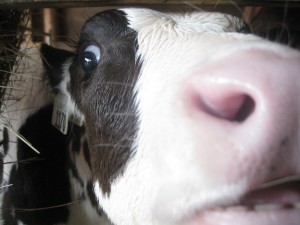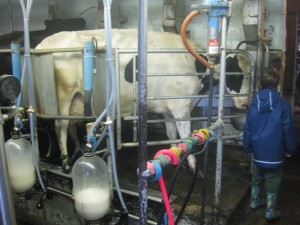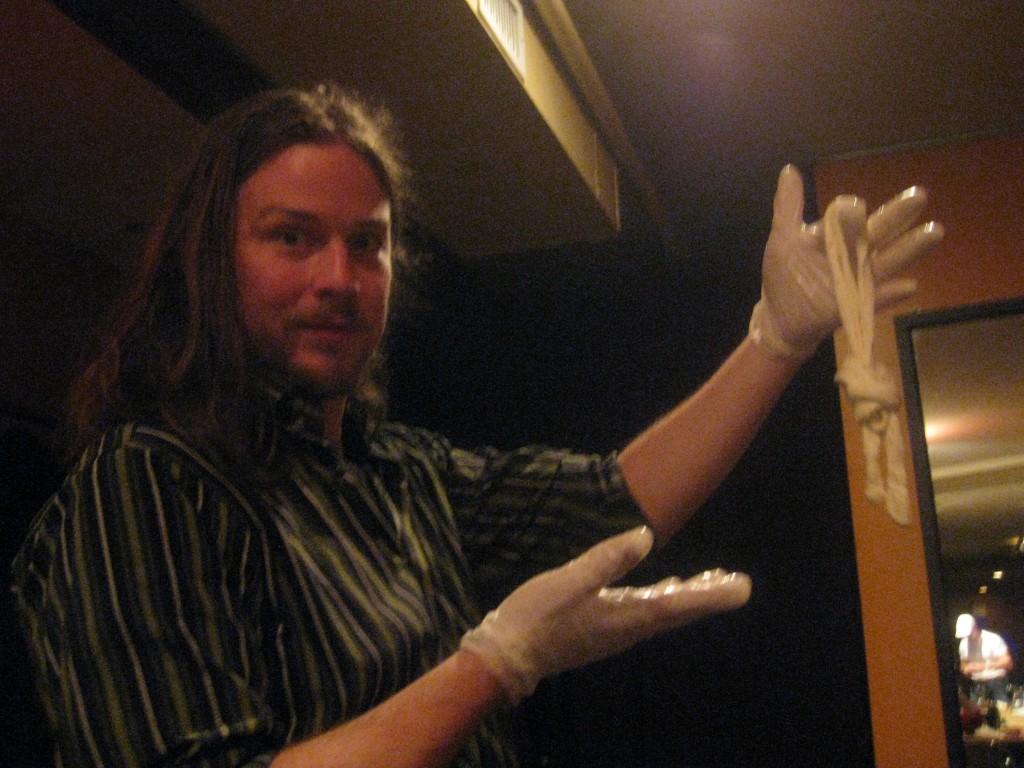The ladies of the Qualicum Cheeseworks on Vancouver Island are gushers. 
As the momma cows trudged out of the field into the barn, each udder, roughly the size of the plastic bladder inside a Costco box o’ wine, swung to and fro. I’d been petting the new calves just a minute before, and they were charming, all nuzzle’y with dewy black eyes. Their mommas were not. They were massive and slobbery and their black eyes were more dull than dewy.
 The crammed against each other at the base of a ramp, knew their routine, were probably eager for the relief of the milking room beyond the door at the top of the slope. When the young man opened the door to that room—a 25’ X 25’ collection of gates and hoses and foot-tall glass containers shaped like medicine capsules—ten mommas at a time eagerly waddled in, took their standard places at their individual
The crammed against each other at the base of a ramp, knew their routine, were probably eager for the relief of the milking room beyond the door at the top of the slope. When the young man opened the door to that room—a 25’ X 25’ collection of gates and hoses and foot-tall glass containers shaped like medicine capsules—ten mommas at a time eagerly waddled in, took their standard places at their individual  feed troughs, and proceeded to thoroughly destroy the mix of oats, molasses, barley, and wheat that poured out of from chutes above. Continue reading
feed troughs, and proceeded to thoroughly destroy the mix of oats, molasses, barley, and wheat that poured out of from chutes above. Continue reading

